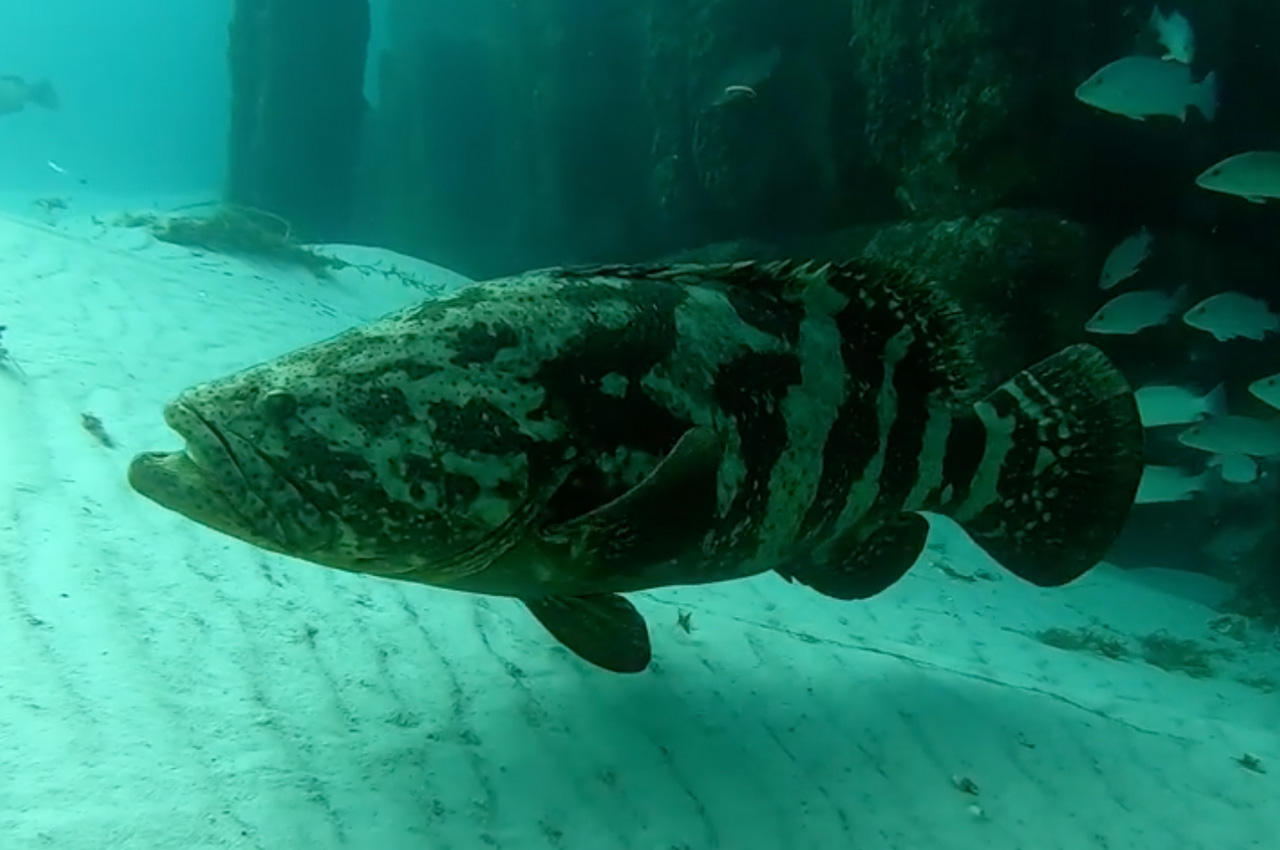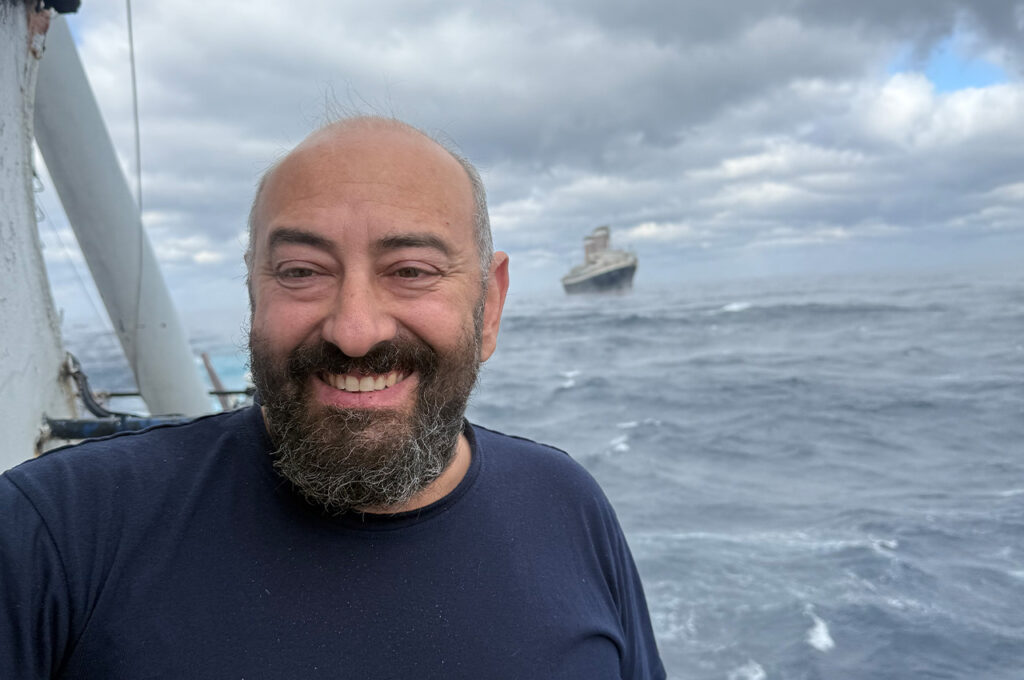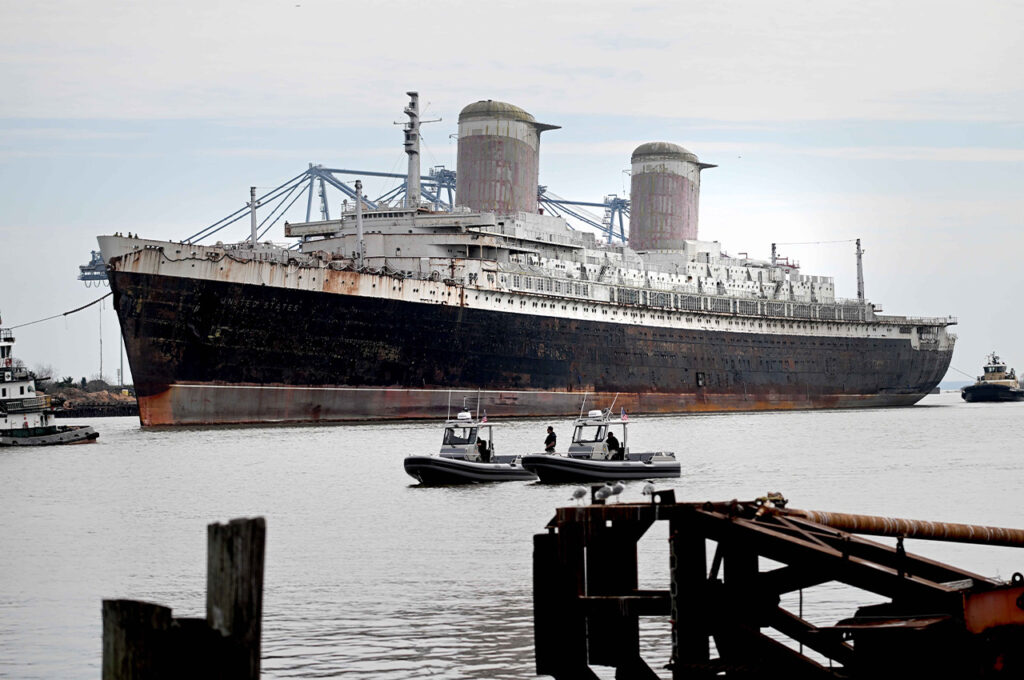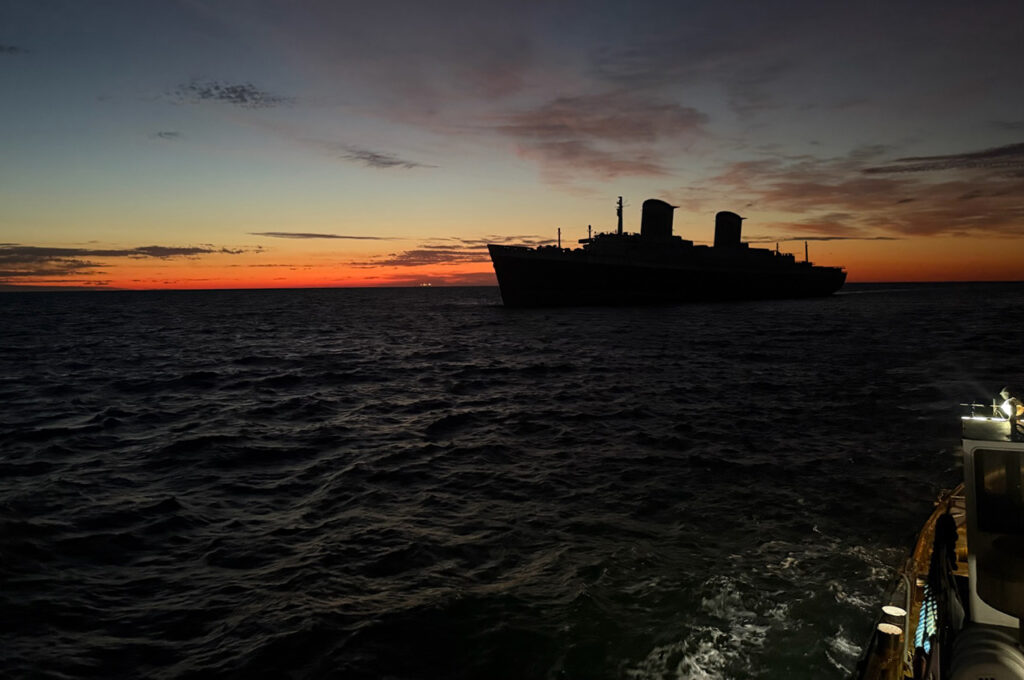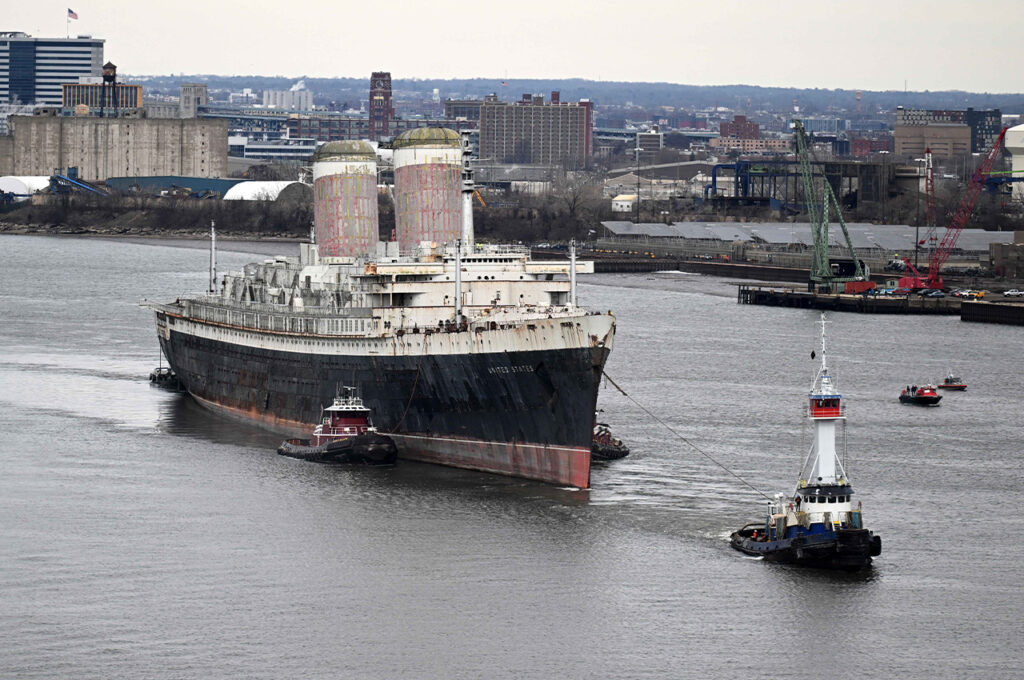Every year, Florida Sea Grant hosts an event called the Great Goliath Group Count that runs from June 1st through June 14th.
- Divers from all over go out and record observations of Goliath grouper that they see throughout the state to help regulators and biologist better understand abundance and distribution of this species
- This is the 13th year the event has taken place.
Goliath groupers were overfished in the 1970s and 1980s resulting in the fishery being shut down. In 1990, the harvest of Goliath grouper was prohibited in all U.S. waters and it’s been closed ever since.
- The reason it’s been closed is because the abundance of fish hasn’t been as high as the regulators would like to see. In state waters, however, Florida Fish & Wildlife has recently approved a limited, but highly regulated, harvest for state waters (<9mi) beginning in 2023.
“We do our portion of the data collecting here in Okaloosa County,” said Mike Norberg, Okaloosa Coastal Resource Coordinator. “There’s really not a lot of data that comes in from the Panhandle area, which is unfortunate. It’s one of those areas where they’re lacking a better understanding of Goliath grouper populations, so we help provide that information from Okaloosa County.”
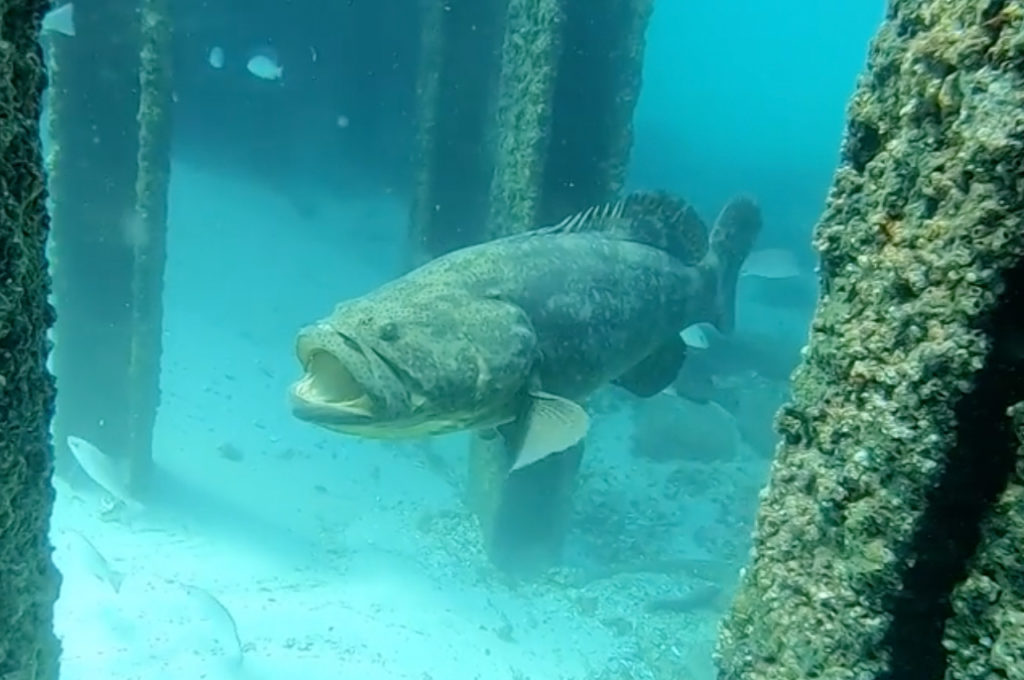
During the 2 week period, Norberg says that Okaloosa’s Coastal Resource Team dove upwards of 25 sites resulting in 13 Goliath grouper observations. The size of the fish ranged from 2-feet in length, up to to 6-7 feet. Several other local dive charters reported their observations to Norberg as well.
He says these observations took place anywhere from the Destin bridge to 18 miles offshore, with the majority of the larger fish observed being in Federal waters and on large wreck sites.
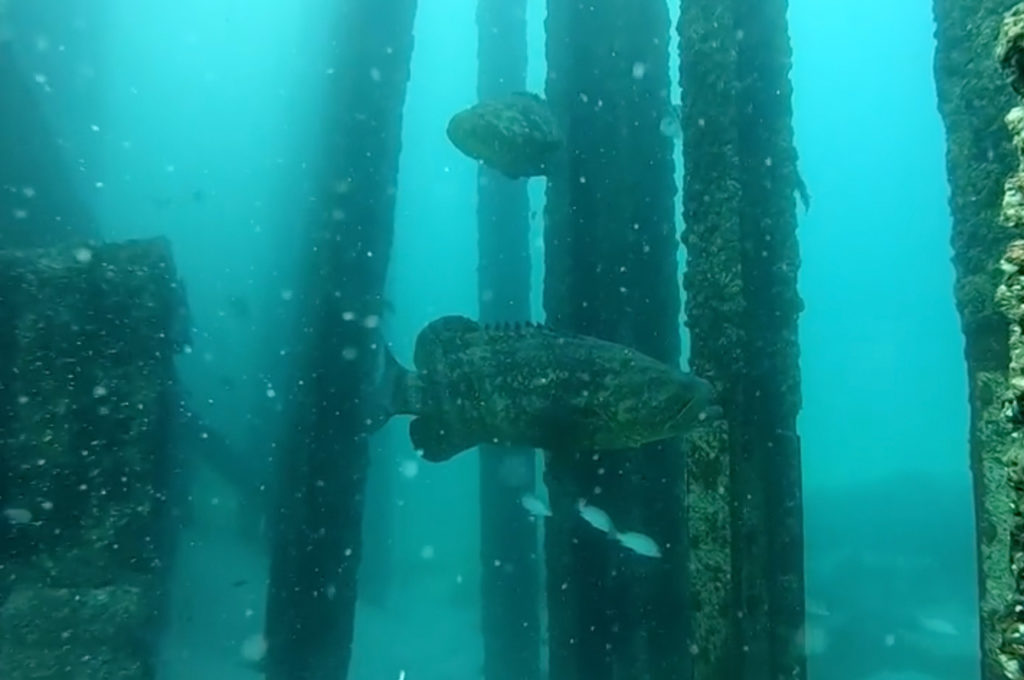
“We did see a couple large ones in state waters, which is really cool to be able to observe, and most of those fish were on large wrecks,” he added. “Goliath groupers tend to be pretty resident to an area once they get to that spot, if the prey availability is good and the habitat is good.”
For Okaloosa County, adding additional larger wreck sites could not only create more areas for divers and fishermen, but also be beneficial to a protected species like Goliath grouper. Goliath groupers prefer “high relief structures” like artificial reefs, according to UF/IFAS.
“There is a benefit to providing that additional habitat for a protected species, like Goliath grouper, as well as every other species of fish that are important to the ecosystem,” added Norberg. “I think the other benefit of larger wreck sites is that it gives divers the opportunity to go out and observe these giant fish and enjoy diving a large wreck.”
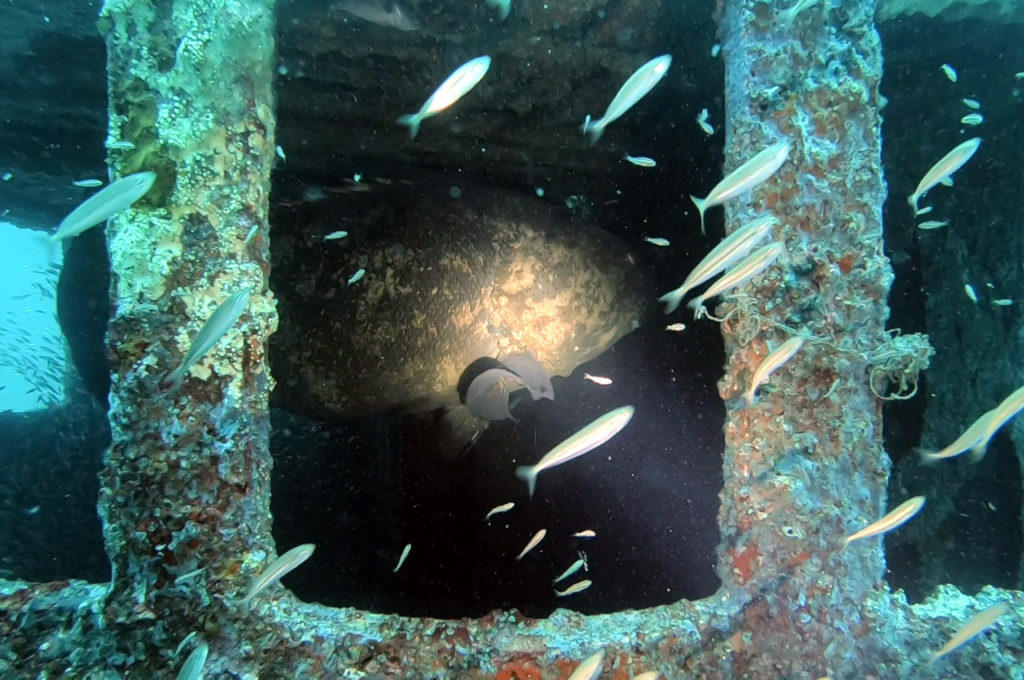
Circling back to the size of the Goliaths observed in Okaloosa, Norberg said that the majority of the fish they are seeing here are the larger ones. He says that leads to a series of questions such as:
- Where are these fish coming from? Much of the data suggests Goliath grouper rely on mangrove habitat as juveniles – we don’t have very many mangroves in northwest Florida.
- Where are they spawning at? Is there potentially a spawning aggregation that we don’t know about somewhere in the Panhandle? If not…
- Where are the adults we observe migrating from initially?
“We’re always looking for Goliaths when we go out diving and we’re trying to work with Florida Sea Grant and FWC to get a better idea of why these groupers are hanging around these wrecks or whether they’re moving between nearby wrecks or nearby sites,” added Norberg. “The ultimate goal is to help support the data that’s lacking in the Panhandle.”
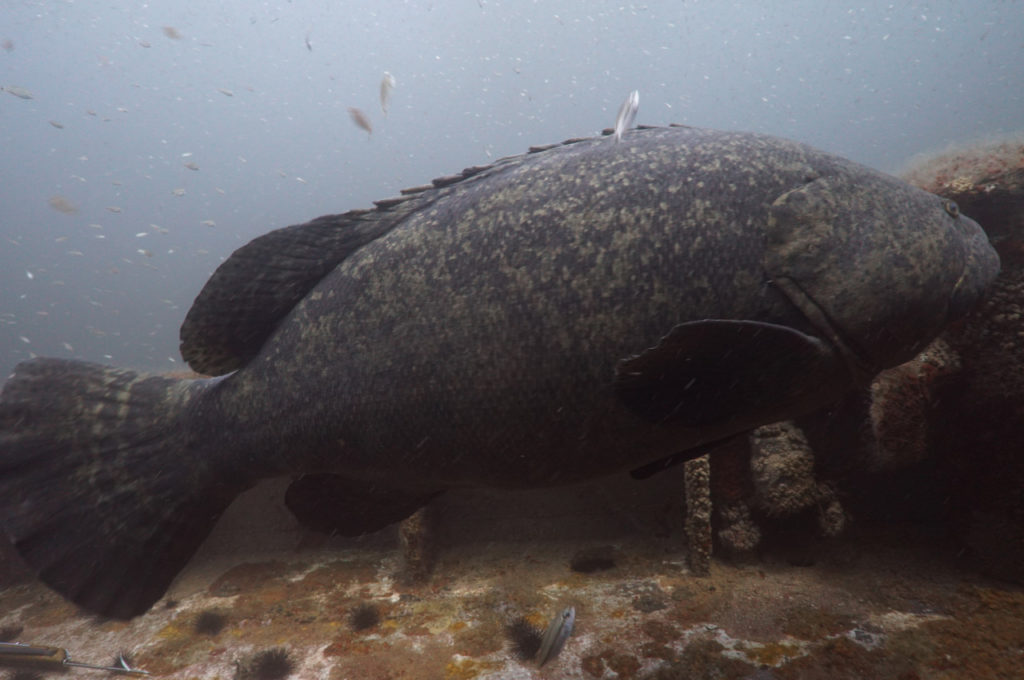
Even though Norberg was excited to see large Goliath, he was more excited to see the smaller ones because it suggests there may be a new generation of Goliath joining the local population.
According to UF/IFAS, the 2021 Great Goliath Group Count resulted in 58 volunteers surveying 89 sites throughout Florida with a total of 255 Goliath grouper counted. Majority of the Goliath groupers are found in southwest Florida, which has historically been the center of abundance for this species.
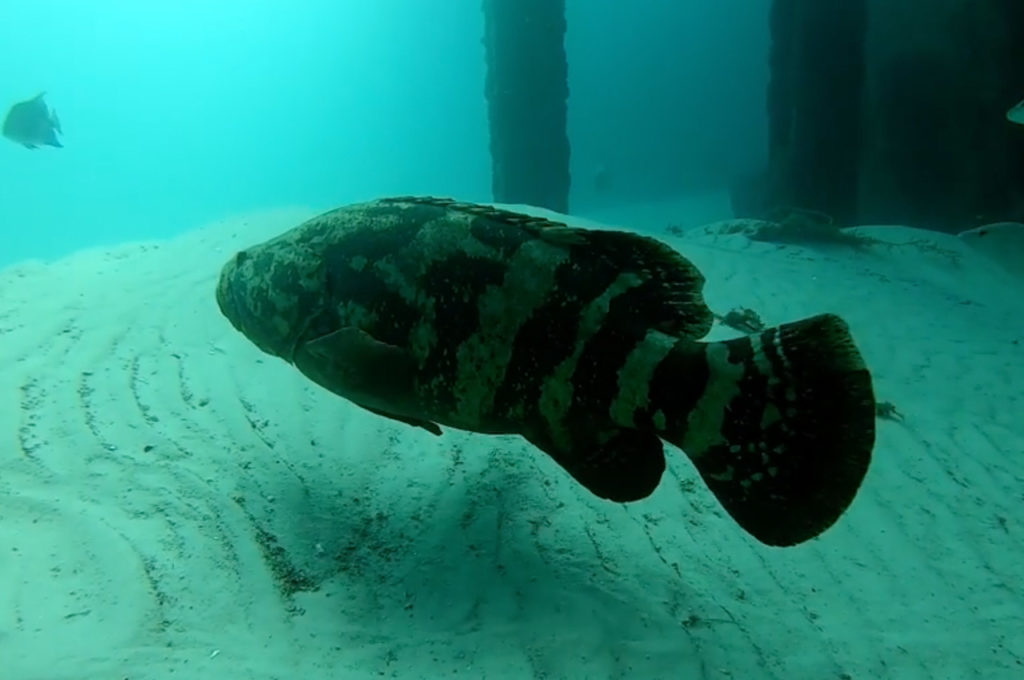
“It’s good to see the number of fish that we saw on our dives,” said Norberg. “It’s a plus in the rebuilding plan of an overfished species. We will compile the information to help guide future survey efforts.”
Local divers are welcome to report Goliath grouper observations by emailing the Coastal Resource Team at CoastalResources@DestinFWB.com.

